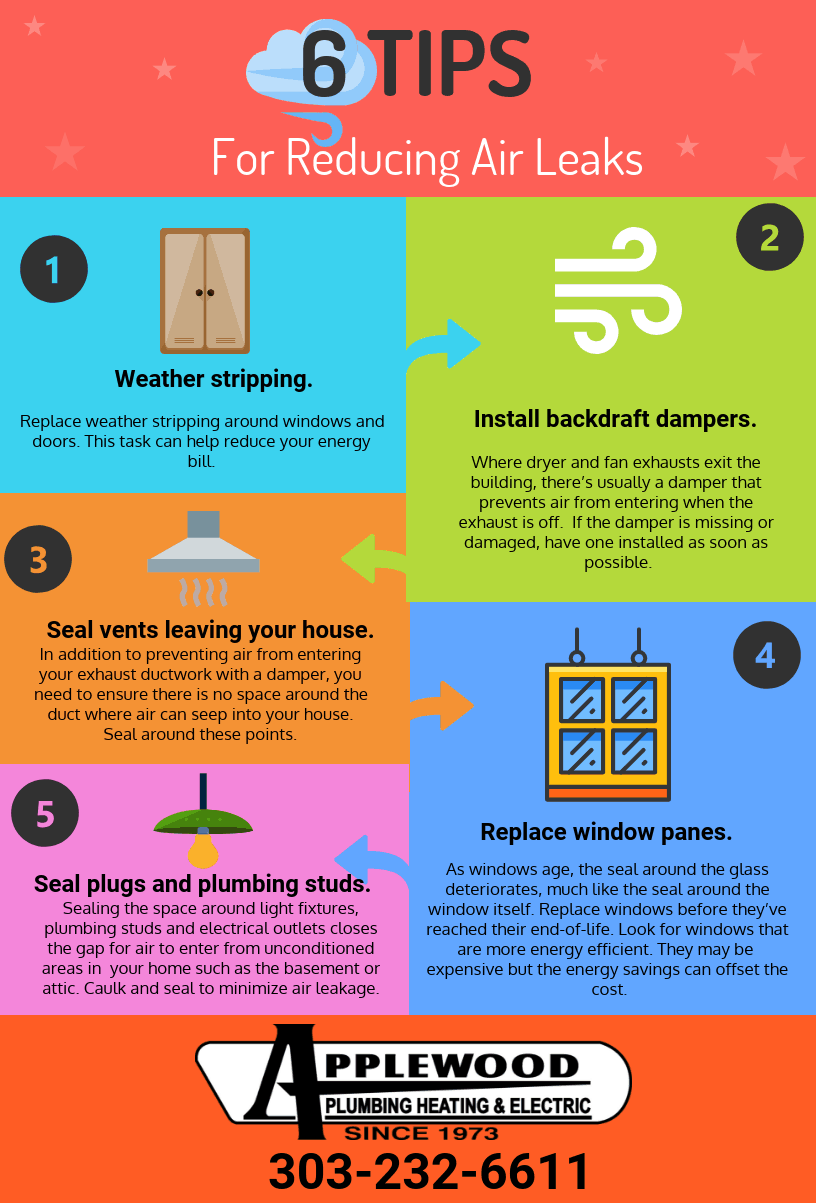The Best Stress Washing Techniques For Each Surface Area
The Best Stress Washing Techniques For Each Surface Area
Blog Article
Write-Up Created By-Wu Vincent
When it comes to push cleaning, the technique you choose can make all the distinction in attaining a tidy, streak-free finish. You may discover that tough surfaces, like concrete, call for a different approach than softer products, such as timber or plastic. It's important to adapt your approaches to the surface kind to prevent damage while maximizing cleansing performance. So, what are the very best strategies for every surface, and how can you guarantee you're making use of the best setups and tools for the task? Let's explore what you require to recognize to get the most effective outcomes.
Hard Surfaces
When it comes to push cleaning tough surface areas, preparation is vital. Before browse around here think of taking out the pressure washing machine, put in the time to remove the location of any type of debris, furnishings, or barriers. You don't desire anything entering your way or possibly damaging your tools.
Next, check the surface for any splits or damages; this will aid you figure out the appropriate strategy and pressure settings.
Once you've prepared the area, it's essential to pick the ideal nozzle. For tough surfaces like concrete or brick, a slim nozzle (15 or 25 levels) works best to offer a concentrated stream of water that can efficiently remove grime and discolorations. Constantly begin at a distance and slowly move closer to avoid any kind of surface area damages.
As you begin washing, keep the stick relocating to avoid streaks and over-saturation. It's also practical to function from the top down, allowing dirt and debris to get rid of normally.
Ultimately, bear in mind to rinse the surface area extensively after cleansing to remove any remaining cleaning agent. With these techniques, you'll attain a tidy and refreshed look on all your tough surface areas.
Soft Surfaces
Stress washing soft surfaces needs a gentler strategy to secure them from damages. Whether you're cleaning your deck, patio furnishings, or home siding, making use of way too much stress can cause damages, scratches, or perhaps irreversible harm.
Beginning by choosing a low-pressure nozzle, preferably a 25-degree or wider spray pattern, to disperse the water more delicately.
Prior to you start, it's vital to pre-treat any spots with a suitable cleaning remedy. This step enables the cleaner to penetrate the dust and crud, making it simpler to get rid of without scrubbing too hard.
Always apply the service from the bottom approximately prevent spotting.
When you start stress washing, preserve a distance of at the very least 12 to 18 inches from the surface area. Relocate your stick in a sweeping motion, maintaining it alongside the surface to stay clear of focused stress on one place.
Wash the location completely after cleansing to get rid of any residual cleaner.
Finally, inspect the surface area for any kind of missed out on spots and duplicate the process if necessary. By complying with these actions, you can effectively tidy soft surface areas while preserving their stability and appearance.
Specialized Surfaces
Cleansing soft surface areas needs treatment, however specialty surfaces require a lot more interest to information. When you deal with these surface areas, like delicate timber, tarnished concrete, or certain kinds of home siding, utilizing the appropriate pressure cleaning methods is important to avoid damage.
Initially, examine the material. For instance, treated timber can typically withstand moderate stress, but softer timbers like cedar might need a reduced setting. Always start with the most affordable pressure and slowly enhance if required.
For discolored concrete, use a fan spray nozzle and maintain a consistent range to prevent engraving the surface.
When handling surfaces like vinyl home siding or repainted surface areas, a broad spray pattern aids distribute the pressure equally, protecting the coating.
It's additionally a good idea to utilize cleaning agents particularly made for specialized surface areas. https://universitycleaningcompany75319.atualblog.com/38735920/accomplishing-beautiful-windows-specialist-techniques-and-insights can improve cleansing without compromising the material.
Wash completely after cleaning to remove any deposit, as it can result in discoloration or deterioration over time.
Conclusion
In conclusion, understanding stress washing strategies for different surface areas can make all the difference in your cleansing outcomes. For https://timesofindia.indiatimes.com/most-searched-products/faq/how-to-choose-a-sofa-set-for-your-home/articleshow/86420213.cms , stick to slim nozzles and a top-to-bottom approach, while soft surface areas need a gentler touch with broader nozzles. Do not fail to remember to pre-treat spots and wash extensively to prevent residue. By adapting your approaches per material, you'll not just attain a cleaner finish yet likewise shield the stability of your surface areas. Happy cleaning!
